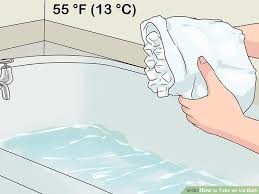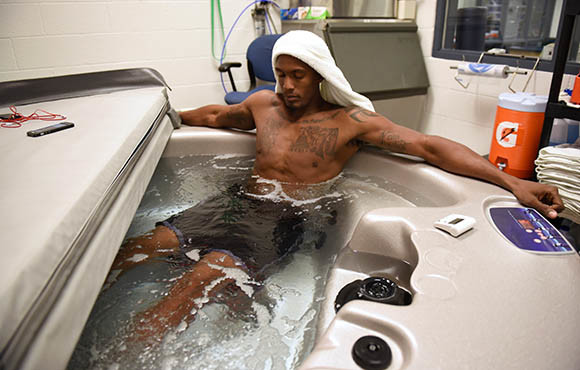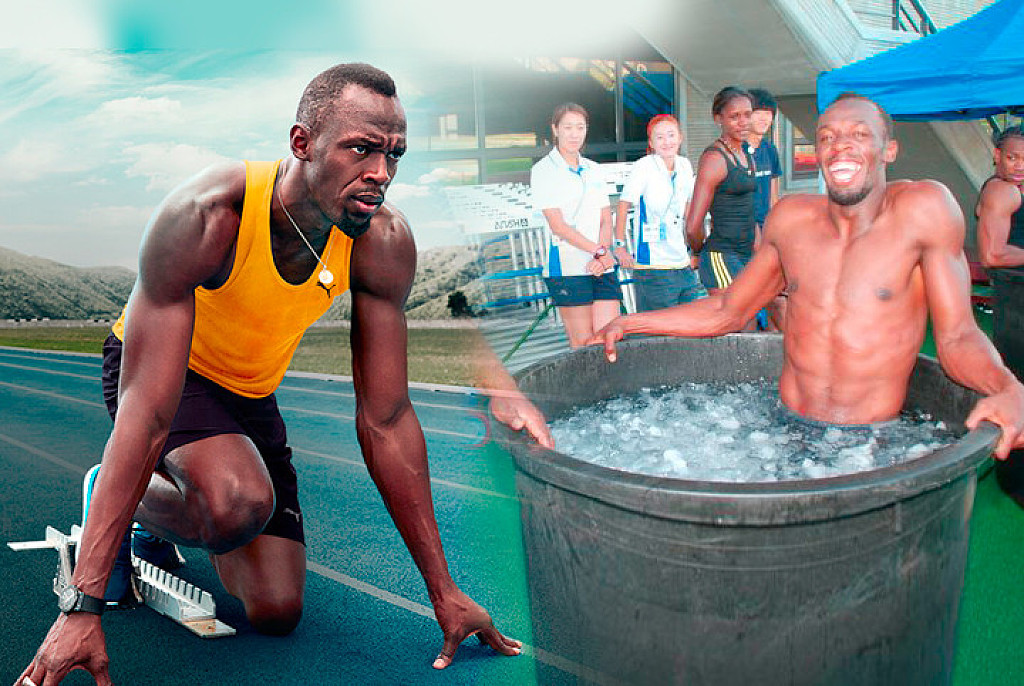Running News Daily
Running News Daily is edited by Bob Anderson. Send your news items to bob@mybestruns.com Advertising opportunities available. Train the Kenyan Way at KATA Kenya and Portugal owned and operated by Bob Anderson. Be sure to catch our movie A Long Run the movie KATA Running Camps and KATA Potato Farms - 31 now open in Kenya! https://kata.ke/
Index to Daily Posts · Sign Up For Updates · Run The World Feed
Fact vs Fiction: Ice Baths are good for Workout Recovery
You just finished a longer run and your legs are shaking and tired. Should you try an ice bath? Ice baths have certainly gained popularity, and many of us have seen photos of professional athletes immersed in ice baths to assist with recovery after hard workouts.
The question is: Is this a good thing for a runner to do?There are many boutique fitness studios that offer ice immersion or cold therapy, which claim to assist in recovery.

In general, for an ice bath, the athlete will sit in a bathtub which is filled with ice and water to a temperature of about 50 degrees. Your legs and hips are covered, while your torso and arms are out of the tub.

Overall time spent in the tub is anywhere from 5–10 minutes. The soreness that you feel after a long run or after a hard workout is muscle fiber damage—that is what causes the pain. You might also notice that after a long run, especially in the summer, your legs might be slightly swollen.
The concept behind ice therapy is that it will decrease inflammation by decreasing circulation, thereby decreasing muscle soreness and pain. Exposure to the cold water will shunt the blood away from the muscles in order to decrease the inflammatory response associated with a hard workout.
That said, there is not a lot of empirical evidence out there about whether or not ice baths work. In fact, many schools of thought suggest that heat should also be used, or heat alone should be used.
The reasoning behind this is that the heat will continue the flow of blood, which will then bring in new cells for cellular repair while also removing the damaged cells. Some also recommend switching between hot and cold baths, but that is not always manageable at home.Reviews in scientific journals suggest that ice baths may lessen total muscle damage after endurance training (e.g., running) but may not be helpful for recovery from strength workouts.
Other reports state that the ice bath may delay inflammation, which is needed for muscle growth.
Ice baths have been found to be helpful in warmer climates where athletes may be dealing with heat-related illness. The ice bath will help to bring the overall core temperature of the athlete down to ensure there is no further systemic damage. So this is one way that ice baths can be implemented for recovery, especially after hot summer runs. I would suggest simply trying an ice bath after a hard or long run and seeing how you feel over the following two to three days.
Beware of hypothermia, where the body temperature drops quite low, but most people will get out of the ice bath before that happens. Sometimes, if you think that one treatment is really going to work, then it can help to improve your perception of your recovery. So get some ice, fill up the tub, and try it!
by NYRRC
Login to leave a comment




